[title HSO Beginning Of Mission Checklist- February 2nd]
HSO BEGINNING OF MISSION CHECKLIST 2024-2025
Submitted by: Estel Blay
Crew: 310
Date: 03/02/25
Part 1
Locate and confirm the emergency escape routes in the Hab are functional and clear:
1. Stairs (between lower end upper deck) – functional and clear
2. Emergency window (upper deck, east side) – functional and clear
3. Commander’s window (located in the commander’s crew quarter) – functional and clear
Part 2
Inventory First Aid kit and note what needs to be refilled:
Here is the inventory of the first aid kits found in the lower Hab:
In the American Red Cross closet:
· BZK antiseptic towelette : 9
· CPR face shield:1
· Gauze bandage roll: 1
· Gauze dressing pad: 4
· First aid scotch: 1
· Antibiotic ointment: 9
· Hand sanitizer: 6
· First aid burn cream: 7
· Pairs of nitrile exam gloves (full package): 1
· Plastic bandages: 3
· Burn dressing: 1
· 2 eye pads and 1 eye wash full
· Instant cold compress: 1 box
· Pair of scissors + tweezers: 1 + 1
In the First Aid closet (with mirror):
· Nitrile examination gloves: 1 pair
· Fingertip pulse oximeter: 1
· Approx 40 amazon Ibuprofen 200mg
· One forehead thermometer
· Electronic blood pressure monitor
· 15 FP1 masks + 16 FP2 masks
· Over 150 hundreds coton swabs
· ½ + 2/3 full bottle isopropyl alcohol (antiseptic) bottles
· Almost full of hydrogen peroxide antiseptic bottles
· Triangular bandage: 3
· Dramamine tablets: 1 full box + 1 expired chewable sack
· Self-Adhering Sport wrap:1
· Athletic tap: ½ a roll
· Micro line plackers : 1/2 a bag
· Elastic bandage: 1
· Dynarex bandage: 1
· Tape: 1 big and 1 small
· Rhino Rescue Splint: 1
· Blister heels: 3
· 1 extra-large bandage
· Assorted protection bandage: 5 mediums + 5 small
· Kids bandages: 1 small + 1 medium
· Assorted protection bandage: 6 small + 1 medium
Here are the first aid kit to be refilled:
· Large gauze pad: need to refill
· Rescue blanket: need to refill
· Alcohol wipe: need to refill
· Witch hazel bottle for skin irritations and minor cuts – need to be replace
· Alcohol prep pads: 0
Part 3
Note any safety issues: there are 2 fire extinguishers expired from January 2025. 3 fire extinguishers will expire on the 16th February.
Note any health/environmental issues: Not identified
Note any missing or recommended health and safety supplies:
· Large gauze pad: need to refill
· Rescue blanket: need to refill
· Alcohol wipe: need to refill
· Witch hazel bottle for skin irritations and minor cuts – need to be replace
· Alcohol prep pads: 0
Part 4. Using the attached Safety Equipment Inventory, locate, test and confirm operation of all safety equipment. List any equipment not found and/or missing. See notes on the next page.
Safety Equipment Inventory
| HAB Upper deck | HAB Lower deck | RAM | GreenHab | ScienceDome | Rovers | |
| Escape ladder | X | |||||
| Eyewash | X | |||||
| Fire blanket | X | X | X | |||
| Fire extinguisher | X -expired on 5th Jan | X -next check 16th Feb needed | X -expired on 24th Jan | X -next check 16th Feb needed | X -next check 16th Feb needed | |
| First Aid | X | X | ||||
| Intercom | X | X | X | X | ||
| Radios (Channels 10 and 22) | X | X | X | X | X | |
| Nightlight | X | X | X | x | X – generator energy cut switch off the light | |
| Carbon Monoxide alarm | X | X | X | X | X | |
| Smoke alarm | X | X | X | X | X | |
| Propane alarm | X | X – wifi not connected | ||||
| EVA Safety Kit | X – located in the EVA preparation room |
Safety Equipment notes and location (this section shall not be included in the report)
l Escape ladder.
Location: HAB upper deck to the right from the kitchen stove.
l Eyewash, SciDome First Aid Kit.
Location: SciDome, to the right from the sink.
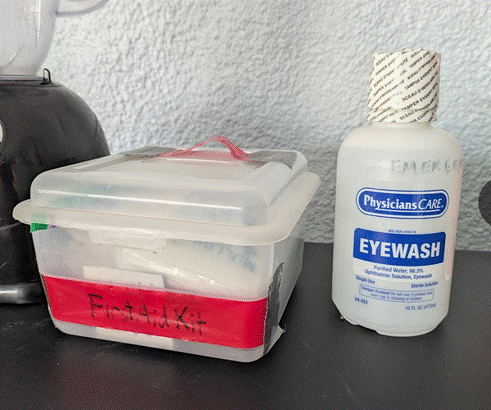
l Fire blanket.
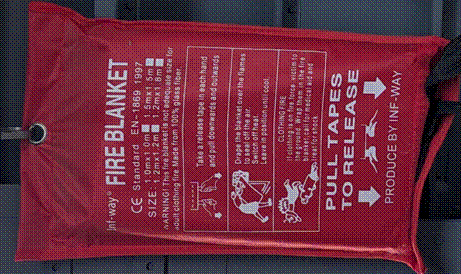
Location:
RAM, next to the first window, left side.
HAB, upper deck, kitchen.
SciDome, metal rack, between sink and door.
l Fire extinguisher.
Check a label on each unit for a date of service. It is certified for a year from that date.
Location:
RAM, next to the first window, left side.
HAB, lower deck, at the breaker panel.
HAB, upper deck, at the stairway.
GreenHab, under the heater, at the metal cabinets.
SciDome, at the door.
l HAB First Aid.
Location: At the breaker panel, restroom.
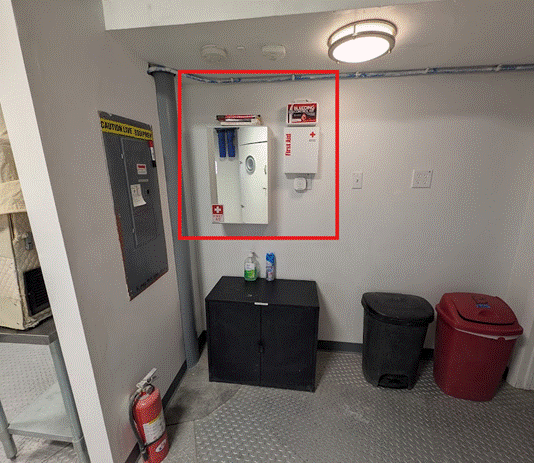
l Intercom.
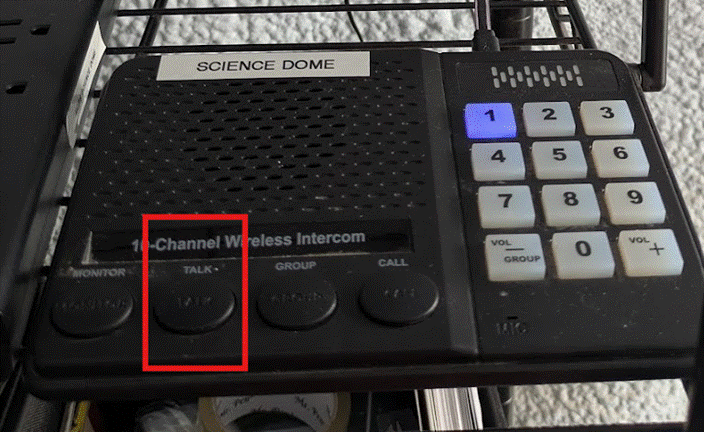
Check all units for functionality. Push the “Talk” button to talk to your crew member on the other side (channel 1 only). Make sure that you can hear and can be heard.
Location:
RAM, next to the first window, left side.
HAB, upper deck, next to the WiFi router.
GreenHab, under the heater, on a rack.
SciDome, on the rack, to the left from the window.
l Radios (Channels 10 and 22 only)
Check all units for functionality. Push the “Push To Talk” button to talk to your crew member on the other side. Make sure that you can hear and can be heard.
Location:
RAM, next to the first window, left side.
HAB, lower deck, at the EVA comms station.
HAB, upper deck, next to the WiFi router.
GreenHab, under the heater, on a rack.
SciDome, on the rack, to the left from the window.
l Nightlights.
Location:
RAM, next to the second window, left side. Turns on automatically when dark.

HAB, lower deck, next to the bathroom. Check if it turns on. Keep on at night.
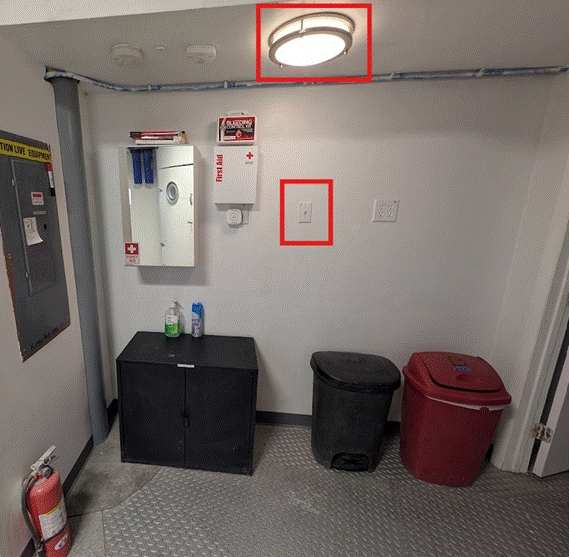
HAB, upper deck, next to the stairway. Check if it turns on. Keep on at night.
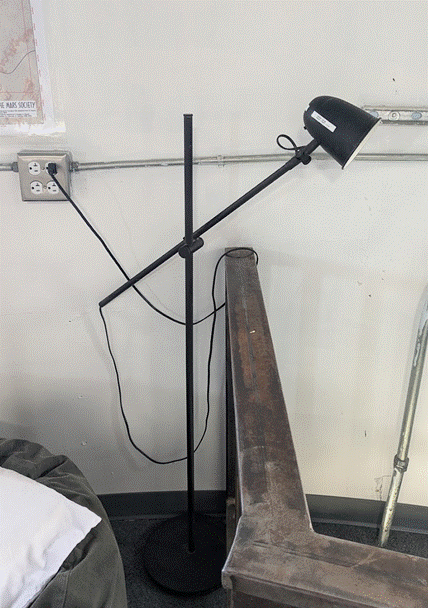
SciDome. Any of the three lights. Check if it turns on. Keep on at night.
l Carbon Monoxide and Smoke alarms. Push the “Test” button to test functionality.
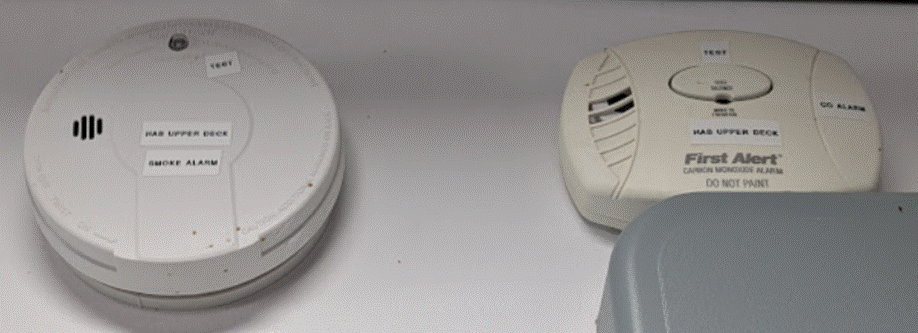
Location:
RAM, next to the first window, left side.
HAB, lower deck, above the First Aid station.
HAB, upper deck, above the thermostat.
GreenHab, above the intercom and radios.
SciDome, above the A/C dual split.
l Propane alarm. Push the “Test” button to test functionality.
Location:
HAB, lower deck, next to the First Aid station.
HAB, upper deck, next to the WiFi router.
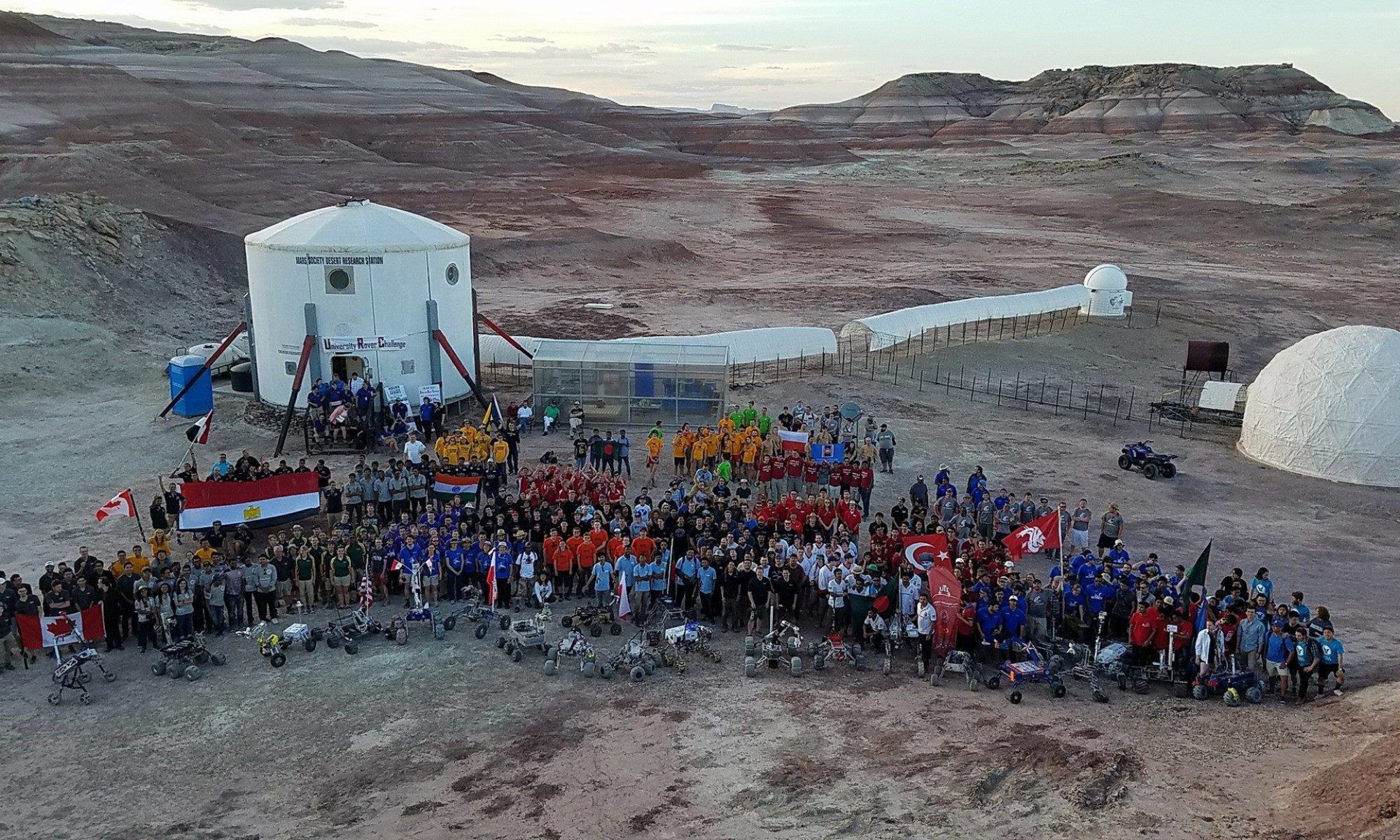
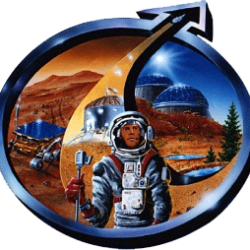
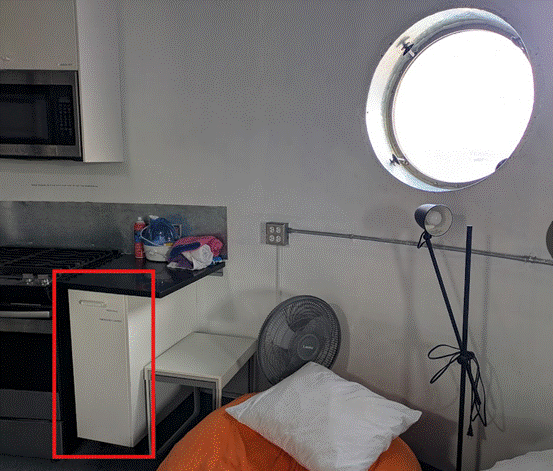
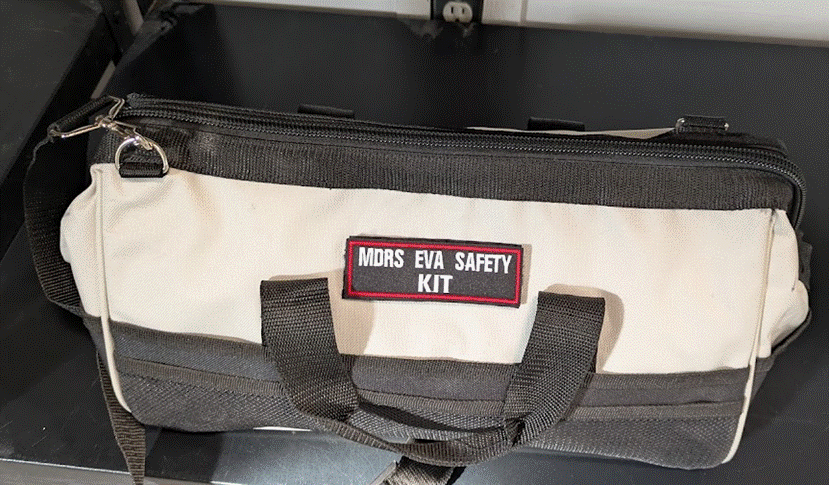
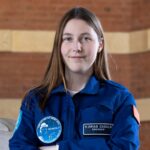
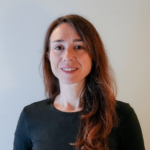
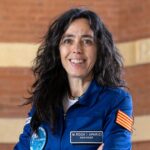
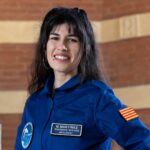
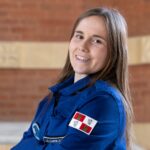
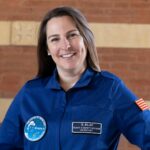
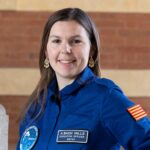
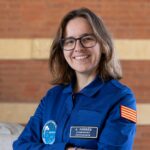

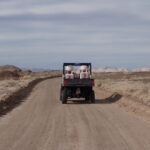
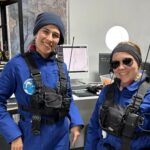
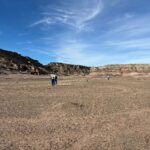

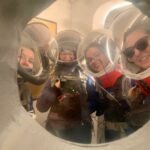
You must be logged in to post a comment.